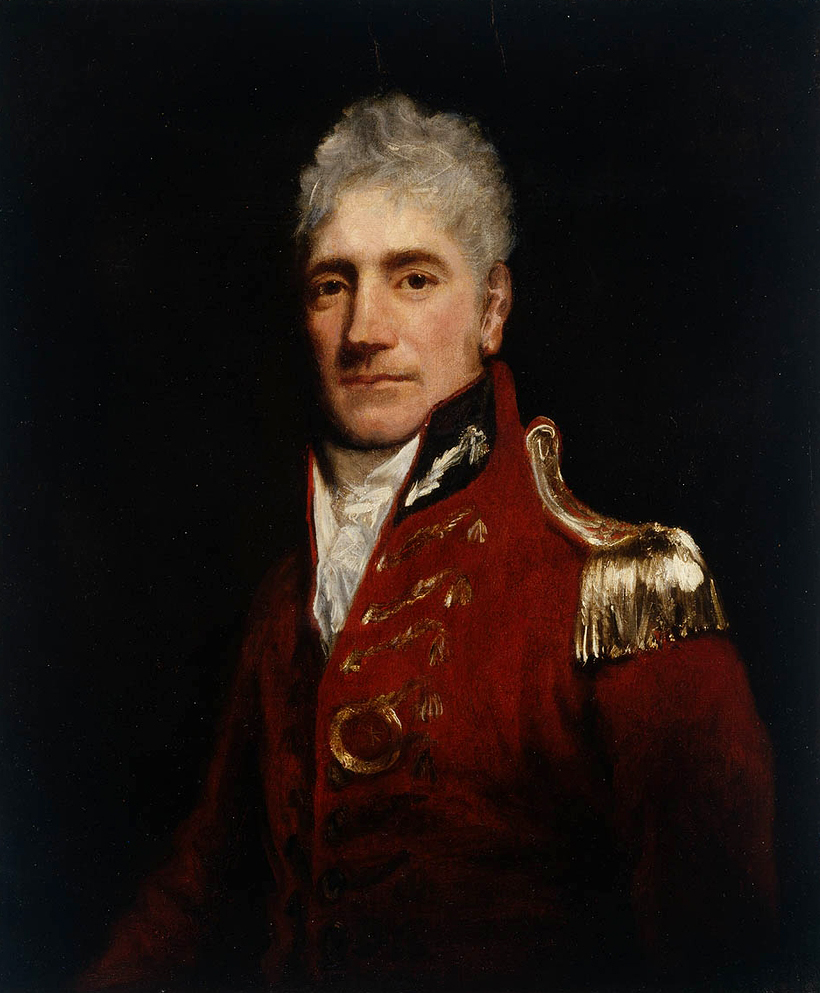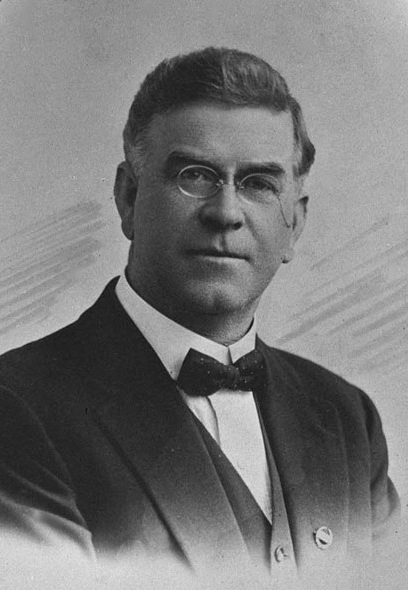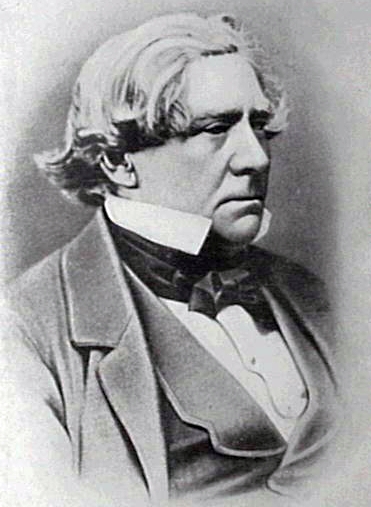|
Arthur Manning
Arthur Gibson Manning (1 January 1872 – 3 April 1947) was an Australian politician who served in the House of Representatives from 1922 to 1928, representing the Division of Macquarie for the Nationalist Party. He was previous a member of the New South Wales Legislative Assembly from 1917 to 1920. Early life Manning was born in Wagga Wagga, New South Wales, to pastoralists Frederick and Jane Belle Manning. He was educated in public schools in Wagga and Yass before purchasing grazing land in Narrabri and West Wyalong; he married Florence Hogarth in 1899, a union which produced no children. He became a vocal proponent for the rights of farmers, serving as president of the Australian Meat Council and on the boards of the Farmers and Settlers' Association and the Graziers' Association. Member of parliament At the 1917 state election, Manning won the seat of Albury for the Nationalist Party. Defeated at the 1920 state election, Manning remained involved in the Nationali ... [...More Info...] [...Related Items...] OR: [Wikipedia] [Google] [Baidu] |
Division Of Macquarie
The Division of Macquarie is an Australian electoral division in the state of New South Wales. The division was created in 1900 and was one of the original 65 divisions contested at the first federal election. It is named for Lachlan Macquarie, who was Governor of New South Wales between 1810 and 1821. The division is located to the west of Sydney, and today it covers a large part of the Blue Mountains, as well as the Hawkesbury region on Sydney's western fringe. The current Member for Macquarie, since the 2016 federal election, is Susan Templeman, a member of the Australian Labor Party. In 2019, Macquarie was the most marginal seat in the country, held by a 0.19% margin on the 2PP. However, in 2022 the Labor margin expanded to a comfortable 7.6%. Geography Since 1984, federal electoral division boundaries in Australia have been determined at redistributions by a redistribution committee appointed by the Australian Electoral Commission. Redistributions occur for the b ... [...More Info...] [...Related Items...] OR: [Wikipedia] [Google] [Baidu] |
1920 New South Wales State Election
The 1920 New South Wales state election was held on 20 March 1920. The 24th parliament of New South Wales was dissolved on 18 February 1920 by the Governor, Sir Walter Edward Davidson, on the advice of the Premier William Holman. The election was for all of the 90 seats in the 25th New South Wales Legislative Assembly, and it was the first to be conducted with multi-member electorates, using the Hare-Clark single transferable vote system. It was conducted using 24 districts, 15 having 3 members and nine having five members. Key dates Results The assembly was evenly divided, with Labor having 43 seats and the support of Percy Brookfield () and Arthur Gardiner Arthur Rowland Gardiner (14 March 1876 – 11 February 1948) was an Australian politician. Gardiner was born in Windsor, New South Wales and educated at Windsor and Sydney Superior public schools and Sydney Teachers' College (now part of the U ... (Independent Labor), while the Nationalists had 28 seats and the ... [...More Info...] [...Related Items...] OR: [Wikipedia] [Google] [Baidu] |
Members Of The New South Wales Legislative Assembly
Following are lists of members of the New South Wales Legislative Assembly: * 1856–1858 * 1858–1859 * 1859–1860 * 1860–1864 * 1864–1869 * 1869–1872 * 1872–1874 * 1874–1877 * 1877–1880 * 1880–1882 * 1882–1885 * 1885–1887 * 1887–1889 * 1889–1891 * 1891–1894 * 1894–1895 * 1895–1898 * 1898–1901 * 1901–1904 * 1904–1907 * 1907–1910 * 1910–1913 * 1913–1917 * 1917–1920 * 1920–1922 * 1922–1925 * 1925–1927 * 1927–1930 * 1930–1932 * 1932–1935 * 1935–1938 * 1938–1941 * 1941–1944 * 1944–1947 * 1947–1950 * 1950–1953 * 1953–1956 * 1956–1959 * 1959–1962 * 1962–1965 * 1965–1968 * 1968–1971 * 1971–1973 * 1973–1976 * 1976–1978 * 1978–1981 * 1981–1984 * 1984–1988 * 1988–1981 * 1991–1995 * 1995–1999 * 1999–2003 * 2003–2007 * 2007–2011 ''2007–2011'' is an compilation album by P.S. Eliot released in 2016 on Don Giovanni Records. It compile ... [...More Info...] [...Related Items...] OR: [Wikipedia] [Google] [Baidu] |
Members Of The Australian House Of Representatives For Macquarie
Member may refer to: * Military jury, referred to as "Members" in military jargon * Element (mathematics), an object that belongs to a mathematical set * In object-oriented programming, a member of a class ** Field (computer science), entries in a database ** Member variable, a variable that is associated with a specific object * Limb (anatomy), an appendage of the human or animal body ** Euphemism for penis * Structural component of a truss, connected by nodes * User (computing), a person making use of a computing service, especially on the Internet * Member (geology), a component of a geological formation * Member of parliament * The Members, a British punk rock band * Meronymy, a semantic relationship in linguistics * Church membership, belonging to a local Christian congregation, a Christian denomination and the universal Church * Member, a participant in a club or learned society A learned society (; also learned academy, scholarly society, or academic association) is a ... [...More Info...] [...Related Items...] OR: [Wikipedia] [Google] [Baidu] |
United Australia Party
The United Australia Party (UAP) was an Australian political party that was founded in 1931 and dissolved in 1945. The party won four federal elections in that time, usually governing in coalition with the Country Party. It provided two prime ministers: Joseph Lyons ( 1932–1939) and Robert Menzies ( 1939–1941). The UAP was created in the aftermath of the 1931 split in the Australian Labor Party. Six fiscally conservative Labor MPs left the party to protest the Scullin Government's financial policies during the Great Depression. Led by Joseph Lyons, a former Premier of Tasmania, the defectors initially sat as independents, but then agreed to merge with the Nationalist Party and form a united opposition. Lyons was chosen as the new party's leader due to his popularity among the general public, with former Nationalist leader John Latham becoming his deputy. He led the UAP to a landslide victory at the 1931 federal election, where the party secured an outright majorit ... [...More Info...] [...Related Items...] OR: [Wikipedia] [Google] [Baidu] |
Walter Marks (politician)
Walter Moffitt Marks (6 June 1875 – 31 March 1951) was an Australian lawyer and politician. He served as a member of the House of Representatives from 1919 to 1931, representing the Division of Wentworth in New South Wales. Early life Marks was born in Culwulla House, Jamberoo, New South Wales and educated at Sydney Grammar School. He was admitted as a solicitor in 1902. In September 1901 he married Florence Sandford. As a result of an inheritance in 1912, he was able to partly finance the building of his chambers, the twelve-storey Culwulla Chambers in Castlereagh Street, Sydney, the tallest building in central Sydney until after World War II. He won most major Australian yachting trophies in ''Culwulla I-IV'', and participated in the trials of Sir Thomas Lipton's America's Cup challenger, ''Shamrock IV'' in 1914. In World War I he joined the Royal Navy Volunteer Reserve and served as a lieutenant in the North Sea and English Channel, commanded a gunnery school in Wales ... [...More Info...] [...Related Items...] OR: [Wikipedia] [Google] [Baidu] |
1929 Australian Federal Election
The 1929 Australian federal election was held in Australia on 12 October 1929. All 75 seats in the House of Representatives were up for election, but there was no Senate election. The election was caused by the defeat of the Stanley Bruce- Earle Page Government in the House of Representatives over the ''Maritime Industries Bill'', Bruce having declared that the vote on the bill would constitute a vote of confidence in his government. With senators having fixed six-year terms, the terms of those senators elected in 1926 were not due to expire until 1932. Under the Constitution of Australia, no election for their replacement could occur more than a year prior to their terms expiring, except in the case of a double dissolution; since the constitutional conditions for a double dissolution did not exist, it was not possible to hold a half-Senate election in 1929. This was the first Commonwealth election for the House of Representatives only. In the election, the incumbent Nationalis ... [...More Info...] [...Related Items...] OR: [Wikipedia] [Google] [Baidu] |
Division Of Wentworth
The Division of Wentworth is an Australian electoral division in the state of New South Wales. History The division was proclaimed in 1900 and was one of the original 65 divisions contested at the first federal election. The division is named after William Charles Wentworth (1790–1872), an Australian explorer and statesman. In 1813 he accompanied Blaxland and Lawson on their crossing of the Blue Mountains. Historically considered a safe seat for the Liberal Party of Australia, Wentworth is one of only two original federation divisions in New South Wales, along with the Division of North Sydney, which have never been held by the Australian Labor Party, though Labor candidate Jessie Street came within 1.6 percent of winning Wentworth at the 1943 election landslide. The electorate is the nation's wealthiest, contains the nation's largest Jewish population and contains the nation's fifth-largest number of same-sex couples. Its most prominent member was Malcolm Turnbull, ... [...More Info...] [...Related Items...] OR: [Wikipedia] [Google] [Baidu] |
German New Guinea
German New Guinea (german: Deutsch-Neu-Guinea) consisted of the northeastern part of the island of New Guinea and several nearby island groups and was the first part of the German colonial empire. The mainland part of the territory, called , became a German protectorate in 1884. Other island groups were added subsequently. The Bismarck Archipelago ( New Britain, New Ireland and several smaller islands), and the North Solomon Islands were declared a German protectorate in 1885; in the same year the Marshall Islands were bought from Spain for $4.5 million by the Hispano-German Protocol of Rome; Nauru was annexed to the Marshall Islands protectorate in 1888, and finally the Caroline Islands, Palau, and the Mariana Islands (except for Guam) were bought from Spain in 1899. German Samoa, though part of the German colonial empire, was not part of German New Guinea. Following the outbreak of the First World War in 1914, Kaiser-Wilhelmsland and nearby islands fell to Australian ... [...More Info...] [...Related Items...] OR: [Wikipedia] [Google] [Baidu] |
League Of Nations
The League of Nations (french: link=no, Société des Nations ) was the first worldwide Intergovernmental organization, intergovernmental organisation whose principal mission was to maintain world peace. It was founded on 10 January 1920 by the Paris Peace Conference (1919–1920), Paris Peace Conference that ended the World War I, First World War. The main organization ceased operations on 20 April 1946 but many of its components were relocated into the new United Nations. The League's primary goals were stated in Covenant of the League of Nations, its Covenant. They included preventing wars through collective security and Arms control, disarmament and settling international disputes through negotiation and arbitration. Its other concerns included labour conditions, just treatment of native inhabitants, Human trafficking, human and Illegal drug trade, drug trafficking, the arms trade, global health, prisoners of war, and protection of minorities in Europe. The Covenant of th ... [...More Info...] [...Related Items...] OR: [Wikipedia] [Google] [Baidu] |
1925 Australian Federal Election
The 1925 Australian federal election was held in Australia on 14 November 1925. All 75 seats in the House of Representatives and 22 of the 36 seats in the Senate were up for election. The incumbent Nationalist–Country coalition, led by Prime Minister Stanley Bruce, defeated the opposition Labor Party led by Matthew Charlton in a landslide. This was the first time any party had won a fourth consecutive federal election. Compulsory voting for federal elections was introduced in 1924 and first used in the 1925 elections, where 91.4% of the electorate cast a vote, compared to 59.4% at the 1922 elections. Campaign Prime Minister Stanley Bruce was a supporter of the White Australia Policy, and made it an issue in his campaign for the 1925 Australian Federal election. It is necessary that we should determine what are the ideals towards which every Australian would desire to strive. I think those ideals might well be stated as being to secure our national safety, and to ensure the ... [...More Info...] [...Related Items...] OR: [Wikipedia] [Google] [Baidu] |
Section 44 Of The Constitution Of Australia
Section 44 of the Australian Constitution lists the grounds for disqualification on who may become a candidate for election to the Parliament of Australia. It has generally arisen for consideration by the High Court sitting in its capacity as the Court of Disputed Returns. It has been reviewed several times, but has not been amended. Following several disqualifications under sub-section 44(i), a new review of the whole section was instituted on 28 November 2017. The Constitution Section 44 of the Constitution states: The Australian Electoral Commission reproduces the section in its Candidates Handbook, where it draws particular attention to s 44(i) and (iv). As to the nomination form, it advises that to give "false or misleading information", or to "omit any information if omitting that information would be misleading", is a criminal offence and that the "maximum penalty for this offence is imprisonment for 12 months". It does not spell out that such a conviction could resu ... [...More Info...] [...Related Items...] OR: [Wikipedia] [Google] [Baidu] |



.jpg)



